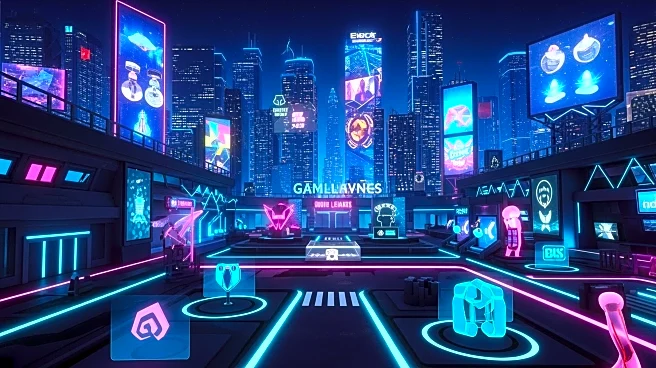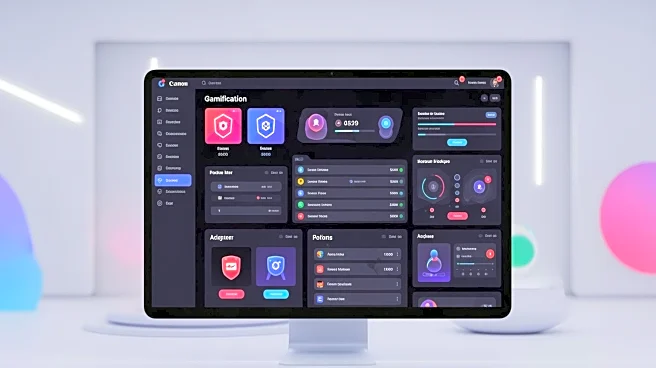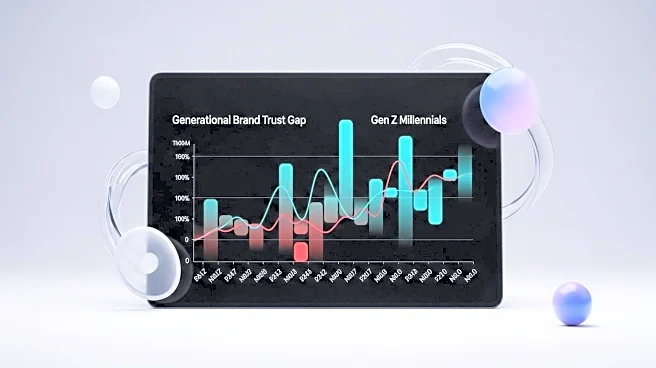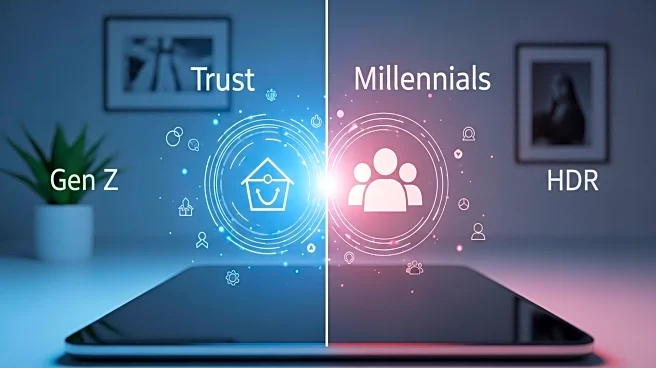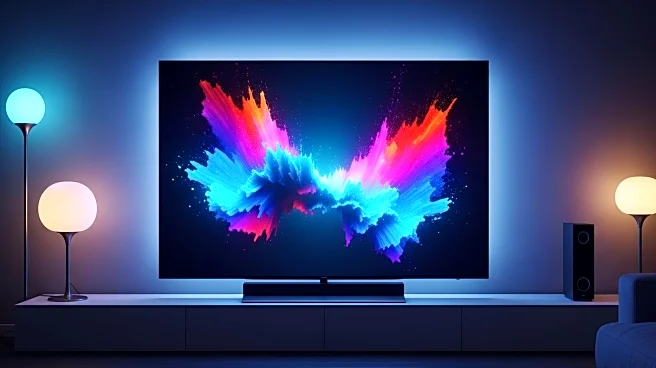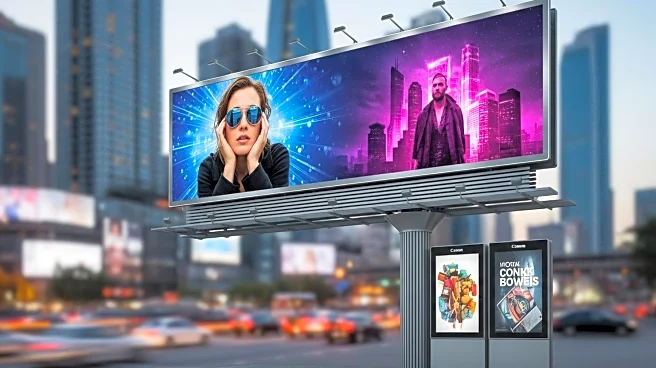What's Happening?
Brands are increasingly turning to platforms like Roblox to engage with younger audiences through gamification. Roblox, a popular online platform, allows users to create and interact in 3D spaces using avatars, offering a new form of social media. Brands are learning
from the success of Roblox by integrating game-like mechanics into their own apps, websites, and loyalty programs. This shift from traditional digital touchpoints to interactive, avatar-driven experiences is aimed at creating deeper engagement with consumers. Companies that partner with existing creators on platforms like Roblox tend to outperform those attempting to build their own experiences from scratch. This trend reflects a broader move towards embedding gaming elements into brand ecosystems to meet the expectations of Gen Z and Gen Alpha, who prefer interactive and playful experiences.
Why It's Important?
The integration of gamification into brand strategies is significant as it aligns with the evolving preferences of younger consumers who value interactive and immersive experiences. By adopting game-like mechanics, brands can enhance customer engagement, increase brand loyalty, and drive higher lifetime value. This approach also allows brands to create more personalized and social interactions, fostering stronger relationships with consumers. As the digital landscape continues to evolve, brands that successfully incorporate these elements into their ecosystems can differentiate themselves and remain competitive. The shift towards gamification also highlights the importance of adapting to cultural expectations, where play is increasingly seen as a fundamental aspect of consumer interaction.
What's Next?
Brands are likely to continue exploring ways to integrate gamification into their ecosystems, both within existing gaming platforms and through transforming their own digital experiences. This may involve developing smaller, focused 3D spaces that are easily accessible and engaging for users. Additionally, brands may leverage Web3 technologies to create interconnected experiences that allow identity and rewards to travel across different platforms. As gamification becomes more prevalent, brands will need to balance accessibility with the sophistication of their interactive experiences to meet consumer expectations. The ongoing evolution of loyalty programs and brand interactions will likely focus on creating daily habits that drive engagement and affinity.
Beyond the Headlines
The move towards gamification in branding also raises questions about the ethical implications of using game mechanics to influence consumer behavior. As brands increasingly adopt these strategies, they must consider the potential impact on consumer privacy and data security. Additionally, the cultural shift towards play as a baseline expectation may influence broader societal norms and values, particularly in terms of how individuals interact with technology and brands. The long-term effects of these changes could reshape consumer-brand relationships and redefine the role of digital platforms in everyday life.
